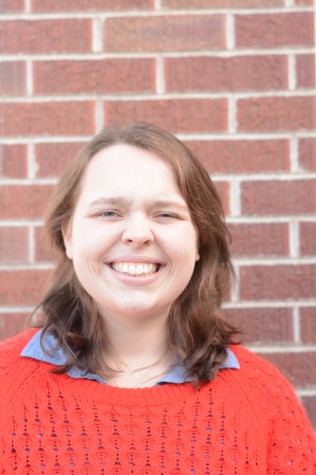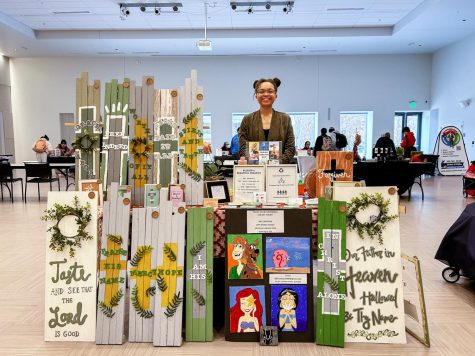Suicides less likely to occur during holidays
December 9, 2014
Suicide rates are lowest during the holiday seasons than any other times of the year, according to the Centers for Disease Control.
The CDC’s National Center for Health Statistics reported there is a trend among suicide rates being low in December, and spiking in spring and fall. The myth behind high rates of suicide during the holidays misleads people mostly through the use of media, as seen in psychological studies and reported by the CDC.
Keely Hope, assistant professor of mental health counseling and the program director of the counselor education program at Eastern, said it is a myth.
“The truth is that there are more suicides in the fall and spring than there are in the winter months which is the time where holidays fall. … It’s really actually a more seasonal issue than it is [during] the holidays, so to speak,” said Hope.
In a study titled “Winter Holiday Suicide Myth Continues to be Reinforced in Press” by Annenberg Public Policy Center (APPC) at the University of Pennsylvania, researchers gathered news stories from 1999-2010. In 2000, 101 national stories covered a holiday link to suicide, with 77 percent supporting the myth. In 2007, there was a dip to 9 percent in relation to 32 news stories. In 2010, it spiked to 47 percent supporting the myth with the same number of stories.
Dan Romer, director of APPC’s Adolescent Communication Institute, conducted the study. “It is unfortunate that the holiday-suicide myth persists in the press,” said Romer in a press release.
Neel Burton, M.D. and blogger for Psychology Today, said in a blog titled “Is Suicide More Common At Christmas Time?” that the holiday season instead offers support from family and friends for those suffering with depression or experiencing feelings of hopelessness.
Depression is one of the leading risk factors of suicide, according to Suicide Awareness Voices of Education, a national suicide organization based out of Minnesota.
Risk factors of suicide coincides with Seasonal Affective Disorder and a lack of vitamin D from sun rays, especially during the darker months of the year. This vitamin helps boost serotonin, the chemical that tells the brain it is happy. Folate, or vitamin B, deficiencies also occur in those with a mental health disorder, which can lead to depression, according to the National Alliance on Mental Health.
“Seasonal Affective Disorder can be feeling depressed, essentially. Feeling more fatigued, less energy during the winter months, based on the fact that without sunshine, we lose our energy a little bit. The rates of … depressive symptoms do increase during winter.”
According to Hope, the risk for suicide increases during spring, in most cases.
“If you’re talking about a person who is severely depressed, they may be less likely to engage in a suicidal behavior, or suicide attempt because of the fact that their energy is a lot lower, so their motivation is actually lower,” said Hope. “When somebody starts to feel a little bit better, they may be at a higher risk, … the motivation comes back.”
The risk factor does not evoke new thoughts of suicide; rather, the thoughts of suicide are already there. The risk is higher when the feelings of motivation tend to enable a person to more readily act on suicidal thoughts they already had.
According to Hope, the rates of suicide is higher among youth between the ages of 15-24, which overlaps with the age range for college students.
Colleges do have resources in place. If students do not use them, awareness is key so those students could potentially help others, according to Hope. At Eastern, CAPS has therapists and psychological counselors available for students, including workshops and free leaflets at their offices in Martin Hall. Walk-in hours are from 1 p.m. to 4 p.m., no appointment necessary.
Students can also call First Call for Help or 1-800-273-TALK for emergency consultation, whether they are on or off campus.






![Simmons said the biggest reasons for her success this year were “God, hard work, and trusting [her] coach and what she has planned.”](https://theeasterner.org/wp-content/uploads/2024/05/image1-1-1200x800.jpg)









